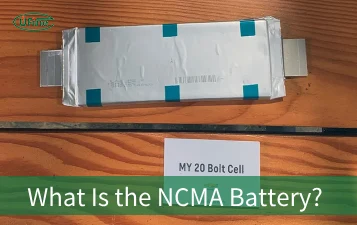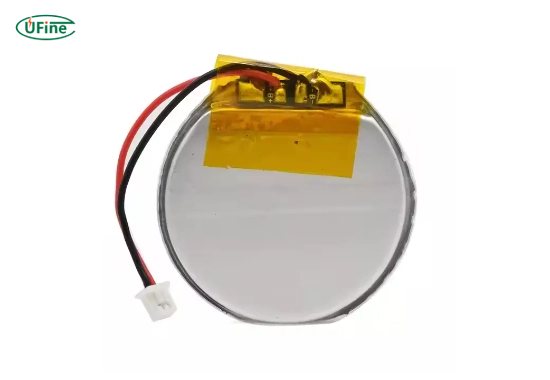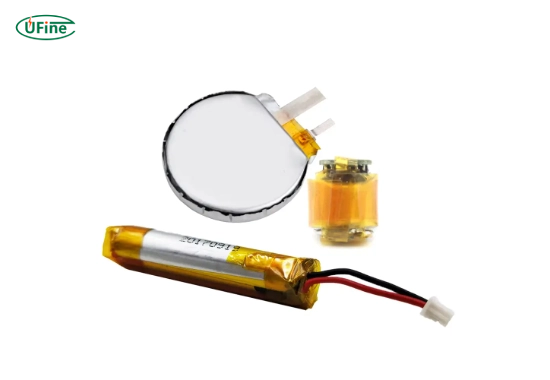
Circle batteries are commonly used in various devices, from toys to remote controls to medical equipment. With so many options available, choosing the right one for your needs can be challenging. This guide will explore the different types of circle battery sizes, providing an in-depth comparison of lithium, alkaline, and rechargeable options. By the end of this article, you’ll understand what each type offers, helping you decide which battery to choose.
Part 1. What are circle battery sizes?
When we talk about circle battery sizes, we’re referring to the shape and dimensions of round batteries typically used in small electronic devices. These batteries come in different sizes, and their specific dimensions determine what devices they can power. The most common types of circle batteries are coin cells, which are flat and round, resembling coins.
Part 2. Common types of circle batteries
Circle batteries are primarily available in three types: lithium, alkaline, and rechargeable. Let’s explore these types in detail to help you understand their differences and applications.
1. Lithium circle batteries
Lithium circle batteries are widely used in devices that require a long-lasting power source, such as watches, hearing aids, and medical equipment. They offer a higher energy density, which lasts longer than other battery types.
Some key features of lithium batteries include:
- Long shelf life: They can hold their charge for extended periods, making them ideal for devices used infrequently.
- High energy density: This allows them to last longer in devices that require a consistent power supply.
- Lightweight: Despite their long-lasting power, lithium batteries are lighter than other types of batteries.
Common lithium coin battery sizes include CR2032, CR2025, and CR2016.
2. Alkaline circle batteries
Alkaline circle batteries are another popular choice for powering small devices. They are affordable, widely available, and come in various sizes. Alkaline batteries are often used in remote controls, calculators, and toys.
Advantages of alkaline batteries include:
- Cost-effective: Alkaline batteries are typically cheaper than lithium options.
- Good performance for high-drain devices: While they don’t last as long as lithium batteries, they still provide a reliable power source.
- Widely available: You can find these batteries in almost any store.
Common alkaline coin battery sizes include LR44, AG13, and LR41.
3. Rechargeable circle batteries
As their name suggests, rechargeable circle batteries can be recharged and used multiple times. They are eco-friendly and cost-effective in the long run, as they can replace single-use batteries.
Benefits of rechargeable batteries include:
- Cost-saving: Though more expensive initially, rechargeable batteries save money over time since you don’t need to replace them.
- Eco-friendly: Reducing waste makes them a better choice for environmentally-conscious consumers.
- Convenience: You don’t have to purchase new batteries constantly.
Common rechargeable circle battery sizes include CR2032, CR2025, and LR44.
Artikel Terkait: What is the Most Common Circle Battery?
Part 3. Comparison of circle battery sizes
1. Power and capacity
When comparing circle battery sizes, it’s essential to consider their power and capacity. Lithium batteries generally provide a higher energy output than alkaline batteries. They are ideal for devices that require long-lasting power, such as medical devices or smartwatches.
On the other hand, alkaline batteries provide a steady power output, which works well for toys, calculators, and other low-power devices. Rechargeable batteries, while having lower energy output than lithium, can still be an excellent option for everyday devices if you want to save money and reduce waste.
2. Lifespan and shelf life
Lithium batteries are known for their impressive shelf life, often lasting several years without losing their charge. This makes them perfect for devices that may not be used regularly. Alkaline batteries have a shorter lifespan but still offer decent longevity for daily-use devices. Rechargeable batteries have the shortest lifespan in terms of storage. Still, their recharging ability means they can outlast single-use batteries if used correctly.
3. Environmental impact
Rechargeable batteries take the lead in terms of environmental sustainability. Since they can be recharged and reused many times, they significantly reduce the waste generated by disposable batteries. Although still widely used, lithium and alkaline batteries contribute more waste as they must be replaced after use.
Part 4. How to choose the correct circle battery?
When selecting a circle battery size, consider the following factors:
- Device requirements: Choose a battery that matches your device’s power needs.
- Cost-effectiveness: Investing in a lithium or rechargeable battery for devices with high energy demands may be more cost-efficient in the long run.
- Environmental concerns: If reducing waste is essential, rechargeable batteries are the best option.
Part 5. FAQs
-
What is the difference between lithium and alkaline circle batteries?
Lithium batteries provide a longer shelf life and higher energy density than alkaline batteries. They are ideal for devices that need a longer-lasting power source. On the other hand, alkaline batteries are more affordable and work well for devices with lower power requirements. -
Can I use a lithium battery instead of an alkaline one?
It depends on the device. While lithium batteries tend to be more powerful and longer-lasting, they may not be compatible with all devices designed for alkaline batteries. Always check your device’s specifications before swapping batteries. -
Are rechargeable circle batteries worth the investment?
Yes, rechargeable batteries are a great option if you use devices that use a lot of batteries. They may have a higher upfront cost, but they will save you money in the long run and are better for the environment. -
How long do circle batteries typically last?
The lifespan of a circle battery varies depending on the type and usage. Lithium batteries can last several years, alkaline batteries last a few months to a year, and rechargeable batteries can be used for about 2 to 3 years, depending on how often they are recharged. -
Are all circle batteries the same size?
No, circle batteries come in various sizes. Some of the most common sizes include CR2032, CR2025, and LR44. Always check your device’s specifications to determine the right size.
Related Tags:
More Articles

What is the NCMA battery? What is the difference between it and the NMC battery? Which one is better? This article will answer your questions.
What Is the Lithium Battery Short Circuit?
What is the lithium battery short circuit? To understand a lithium battery short circuit, we first need to understand how the battery works.
How to Distinguish Battery Cells, Battery Modules, And Battery Packs?
Discover how battery cells, modules, and packs work, their engineering roles, and practical guidance for safe and efficient design.
What is the Difference Between Silver Zinc Battery vs. Lithium-ion Rechargeable?
Compare silver zinc and lithium-ion rechargeable batteries: energy density, cycle life, safety, cost, and uses in drones, medical devices, EVs, and electronics.
What are Watts and Watt Hours in Battery?
Understand watt vs watt-hour in batteries: key differences, how to calculate capacity, and why they matter. Includes free comparison table.




